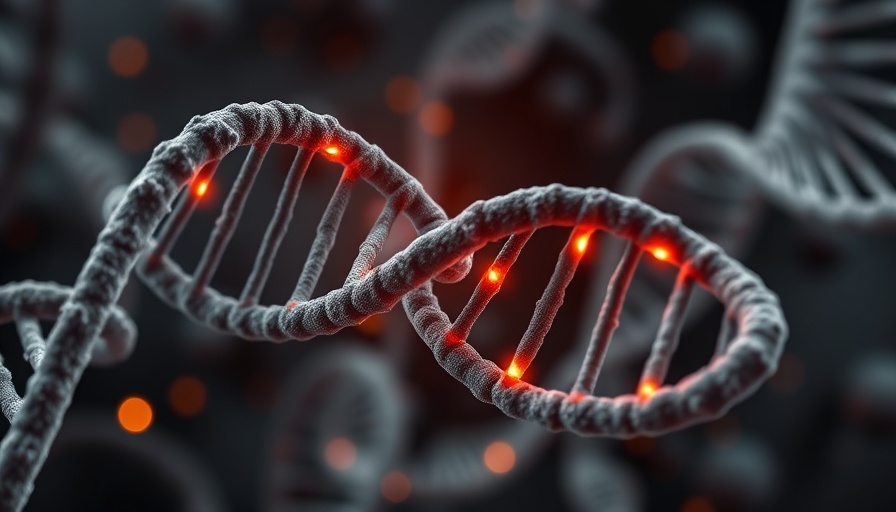
The Surprising Role of 3D Structure in Gene Expression
Have you ever wondered how the arrangement of genes in our DNA affects how they function? Recent studies have uncovered that the 3D structure of our DNA plays a crucial role in regulating gene activity. In fact, scientists are diving deep into this biological puzzle to better understand how our genes express themselves based on their physical layout within the cells.
Insights from the Cutting-Edge World of Biotech
This research opens up exciting avenues in the world of biotechnology. As we learn more about how genes interact and the significance of their spatial arrangements, new treatments and innovative therapies could emerge. From creating more effective gene therapies to understanding genetic disorders, the practical implications of this research are enormous.
The Heart of the Matter: Why It Matters
The discovery that 3D structure impacts gene activity speaks to the importance of holistic approaches in biology. By understanding the complex relationship between the physical structure of DNA and its function, scientists can better understand diseases and overall health. This intersection of biology and technology highlights how vital this knowledge is for groundbreaking advancements in healthcare.
Future Predictions: What’s Next in Gene Research?
As we harness the power of 3D structural biology, we can expect to see promising developments in gene editing, personalized medicine, and even cures for genetic diseases. The future of biotech is bright, illuminating pathways to not just treat symptoms but to fundamentally alter the course of genetic disorders through informed interventions.
Connecting to Our Lives: The Human Impact of Genetic Research
For many of us, the implications of genetic research extend beyond biology into our daily lives. Understanding how genes work can empower us to make informed health choices, advocate for ourselves in medical settings, and ultimately promote a healthier society. As we approach this exciting research area, it’s essential to remember that the heart of science is its human experience.
 Add Row
Add Row  Add
Add 




 Add Row
Add Row  Add
Add 

Write A Comment